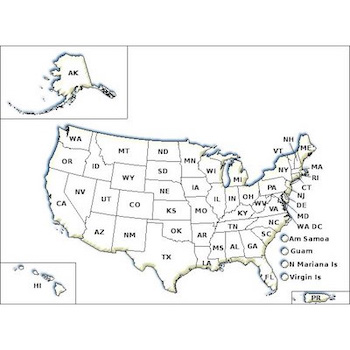Wood boring beetles are insects that damage trees and wood products. The adult beetles lay eggs to overwinter in trees or wood. The larvae (caterpillar stage) feed on the newly formed wood under bark (sapwood) and water in the tree before emerging as adults. Some may tunnel into the center of trees (heartwood). They may be metallic colored.
Most wood borers do not harm healthy trees, but instead look for damaged or stressed trees. If not controlled, they can destroy entire forests. Different types of beetles may prefer certain types of trees over others.
Trees may exhibit damage that indicate a specific beetle. Some may leave different shaped and sized holes in wood, scars, or powder outside of infested trees.
The best way to limit damage from wood borers is to prevent infestation. Sometimes, trees are removed from infested areas to prevent further spread of the insects.
Tips to protect trees:
- If found, identify beetles to learn the best control methods. Your local Cooperative Extension Service may be able to help with identification.
- Plant trees adapted to your area. Irrigate trees properly.
- Inspect trees, shrubs, lumber, and firewood for damage. Frass (powdery dust) may show you where to look for beetle damage.
- Prune trees properly. If adult beetles are active during pruning, it may worsen the situation.
- Old, declining trees and those with significant damage to the main trunk may need to be removed.
- Inspect firewood for signs of beetle damage. Moving infested firewood can infect new trees.
Tips to protect indoor wood products:
- Inspect firewood for beetles before bringing it inside. If damage is present, consider only bringing in small amounts of firewood.
- Not all wood boring beetles can damage indoor wood. A few species, like powderpost beetles, can infest furniture and structural wood indoors.
- Do not spray infested firewood with pesticides. Once burned, the pesticide could become a health hazard.
- Infested structural wood may need to be replaced. Consider talking to a professional for advice.
If you have questions about this, or any pesticide-related topic, please call NPIC at 800-858-7378 (8:00am - 12:00pm PST), or email us at npic@oregonstate.edu.



